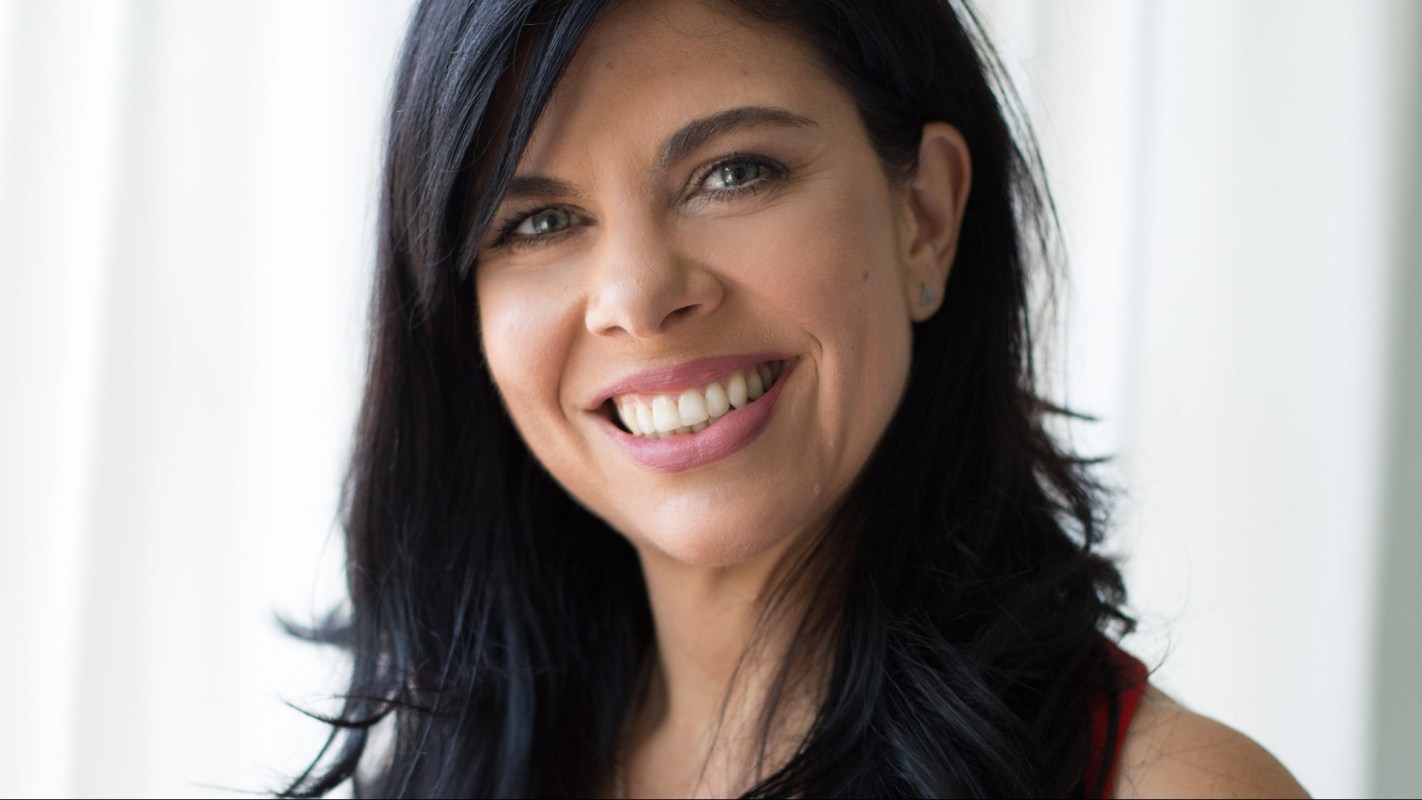You've heard about "clean beauty" — and maybe even "green beauty" — but what about "blue beauty?"
If you're thinking it's how to create the look from Avatar, good guess, but try again.
"Blue Beauty" is a movement to make healthy beauty mainstream. Through a series of standards, the Blue Beauty movement creates accountability for beauty companies to inspire products that are better for you and better for the planet.
It all started with Jeannie Jarnot's index cards.
Jarnot was a spa director with a conscience — offering up spa treatments to her clients using products with hard-to-pronounce ingredients that she was pretty sure weren't great.
"I felt a real sense of responsibility because I was not only making decisions for what we'd put on our clients and selling them, but I also had the responsibility of doing these treatments myself and knowing that people had their hands in these products every day," she told The Cool Down.
So Jarnot got curious, educating herself about ingredients and jotting notes on index cards about specific ingredients and products. She started questioning the brands she used during treatments, and what she found disturbed her.
"One of the things that was so shocking to me, and is still true to this day, is that a lot of brands don't know what's in their products," she told The Cool Down. "And people will lie to you."
Her passion — and frustration — led her to start Beauty Heroes, a subscription beauty service that makes it easy for people to learn about the healthiest and most sustainable beauty brands.
Subscribers get a new "beauty discovery" each month, featuring full-size products from a different brand each time, with information about the brand's story and education about the product. Subscriptions start at $39.95 a month for a year's commitment and the products are valued at $120+.
But that wasn't enough. Beauty Heroes led to Blue Beauty, a platform that evaluates brands, products, packaging, and processes in the beauty industry to assess their impact and celebrates beauty brands that are making the planet better.
Blue Beauty brands are minimizing their impact, innovating their packaging, using upcycled and well-sourced ingredients, and promoting the recycling of their products.
"The hope was that it would pull more brands into starting planet-positive initiatives by seeing what other brands were doing, and be a way to share best practices," Jarnot said. "Consumers are going to demand that companies 'go blue' – which means they're actually going to have to find ways to make a positive impact on the environment."
Jarnot believes that the beauty industry as a whole "is not in a good place." Sustainability, she says, is kind of on the menu, but not in a real way.
"We could solve this if we wanted to," she explained. "A lot of the burden is placed on the consumer, which is so unfair."
The beauty industry creates approximately 120 billion packages each year, and most of those products are made of plastic that isn't recycled.
While most beauty brands aim to sell products, a huge focus for Jarnot is, quite simply, education. Recent features have included deep dives on how to avoid "blue-washing" claims from brands that make false claims about their products.
Now, Beauty Heroes has an IRL store in San Francisco, and Jarnot's infamous index cards have become a downloadable "pocket guide" with ingredient information "within reach whenever you shop."

"I think people have fatigue around looking at ingredients – they're looking for a curator or trusted source to go to," she said. "I take a very common sense approach to it – if it's harmful for our health or to put back into the environment, we don't allow it."
Join our free newsletter for easy tips to save more, waste less, and help yourself while helping the planet.









